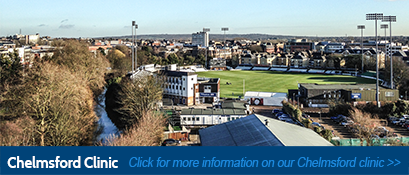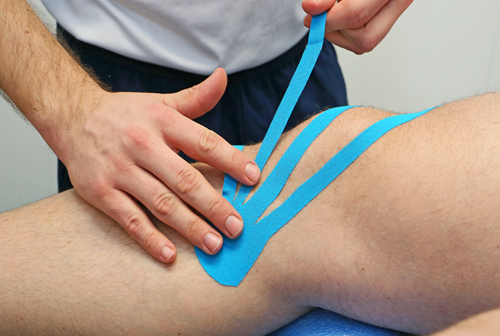Fractures
Children’s bone anatomy and biomechanics differ from adults, leading to different fracture patterns, healing responses and management. Children’s bone has more elasticity and bends easier therefore allowing greater energy absorption before failure.
The mechanisms of children’s fractures change as the child ages. Younger children are more likely to sustain fractures whilst playing and falling whereas older children tend to suffer fractures as a result of sports and hobbies.
Children’s fractures may be given specific names from a doctor to help explain the type of fracture sustained. These can include plastic deformation, buckle fracture, greenstick fracture, physeal fracture or a complete fracture. Other than the type of fracture, children’s fractures differ to adults by the healing process. Their fractures generally heal more quickly due to a child’s growth potential.
A thorough history and physical examination should identify most childhood fractures. X-rays are often used to confirm diagnosis and to assess the bone’s alignment. It is important that your child regains full use and mobility of the limb/joint after a fracture so that no future complications arise. This is where physiotherapy may help. Call the experts at The Physiotherapy Academy today to find out more information.
To arrange an appointment or speak to a physiotherapist, call or email on:
Southend on Sea: 01702 521 042 or info@physioacademy.co.uk
Chelmsford: 01245 254 069 or chelmsford@physioacademy.co.uk





























